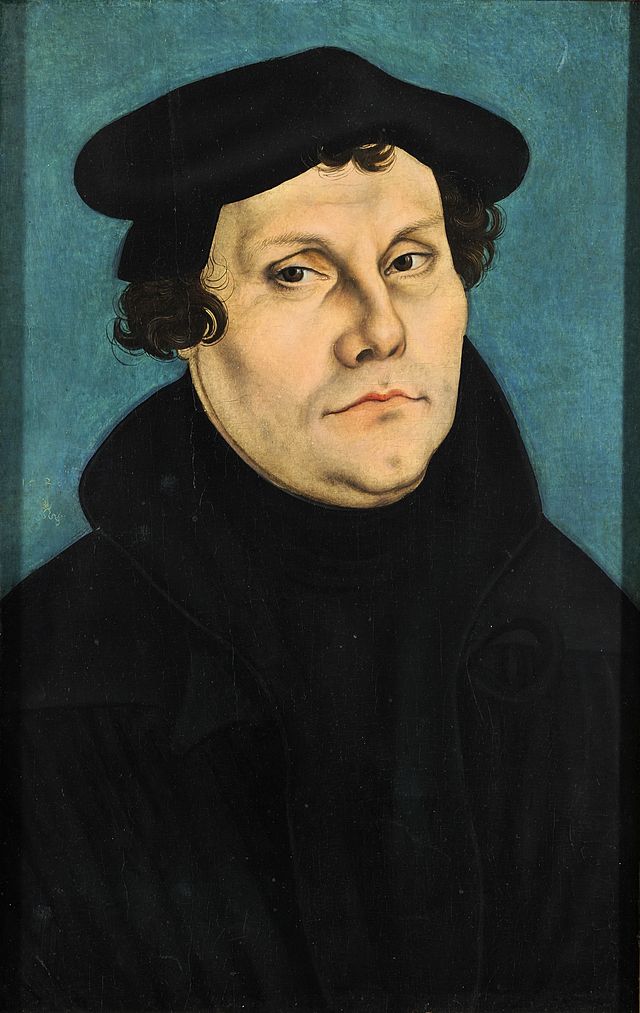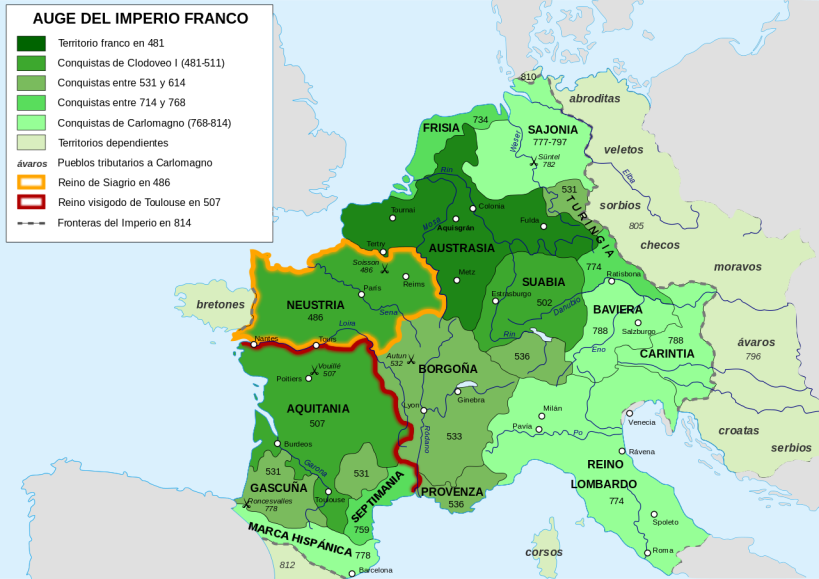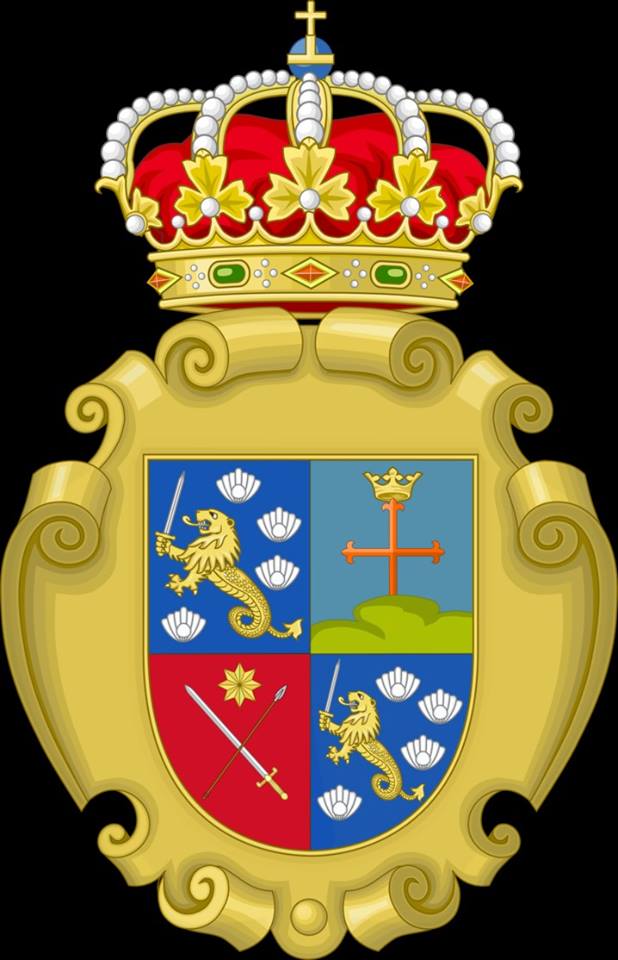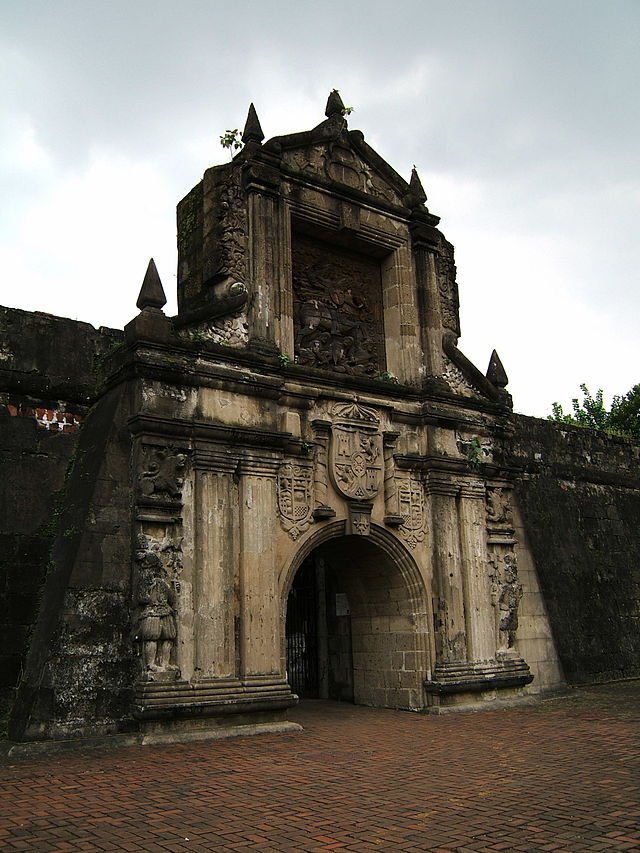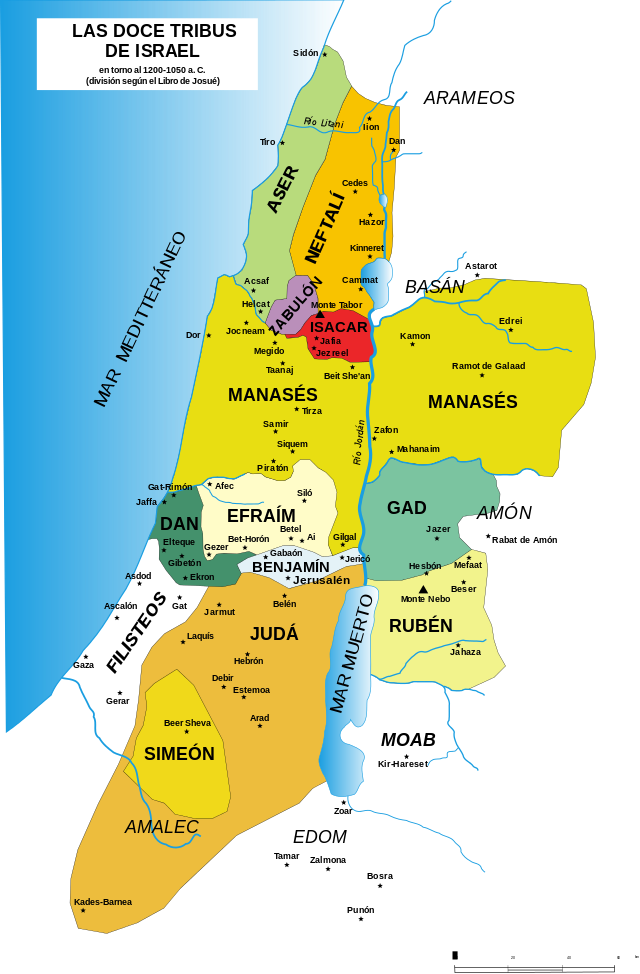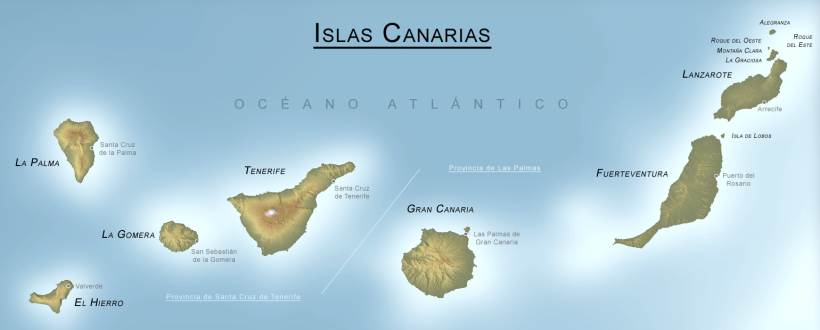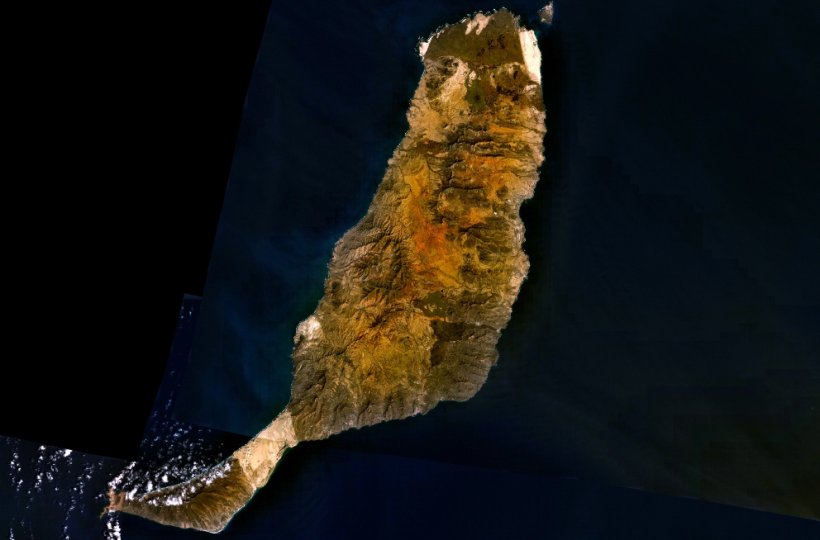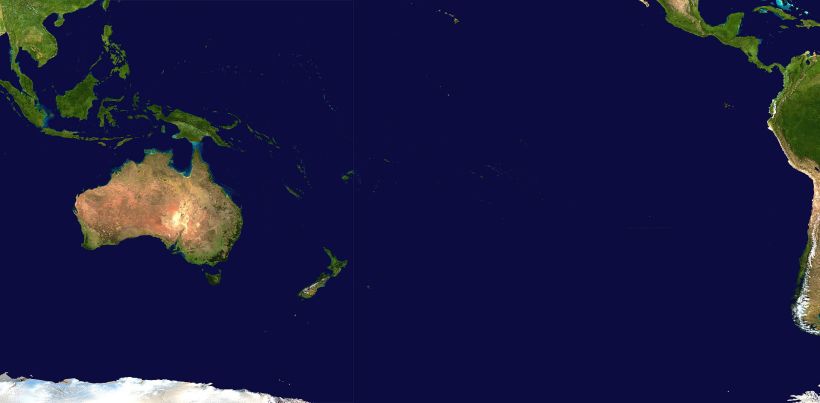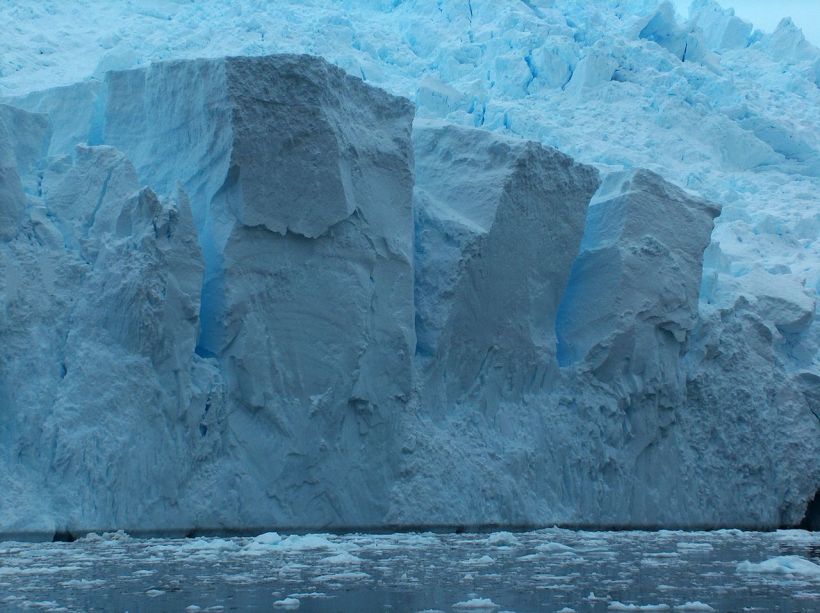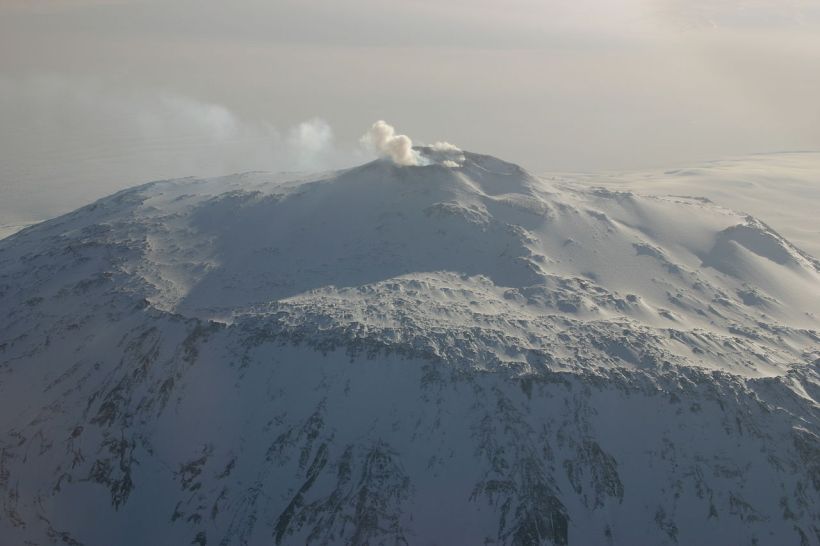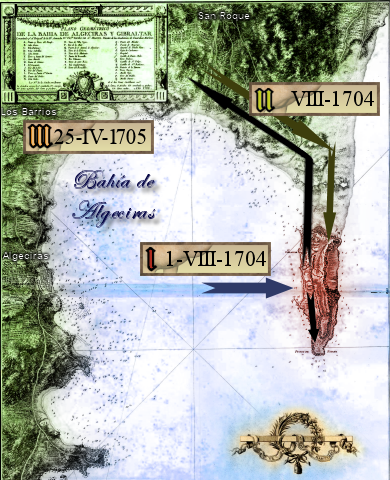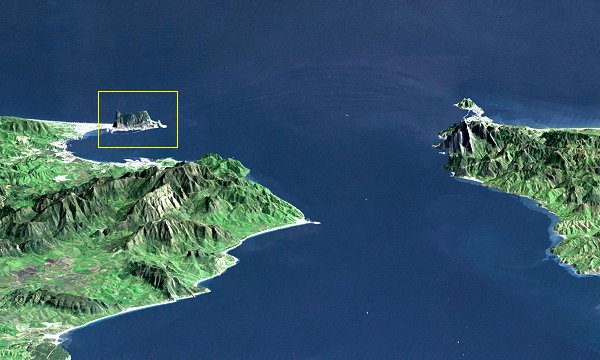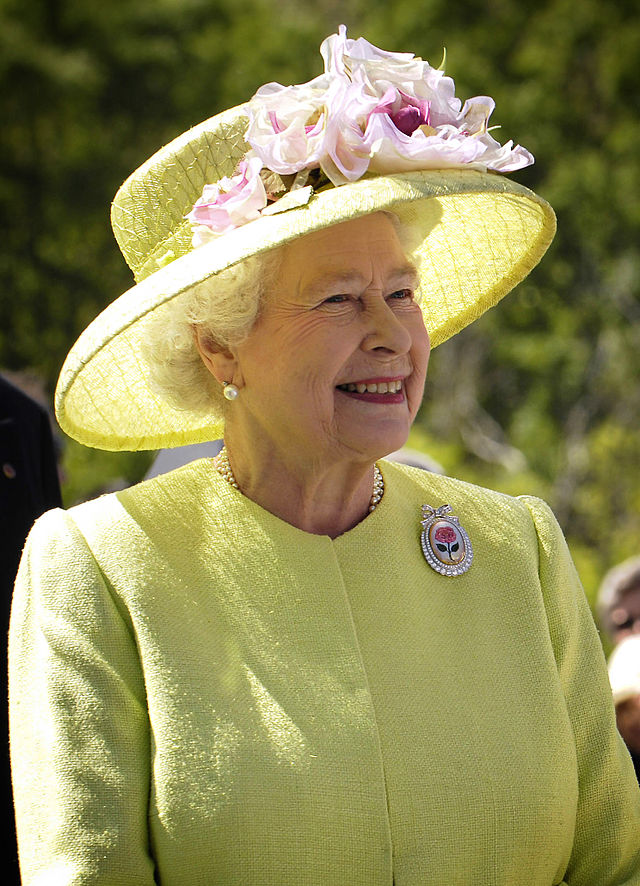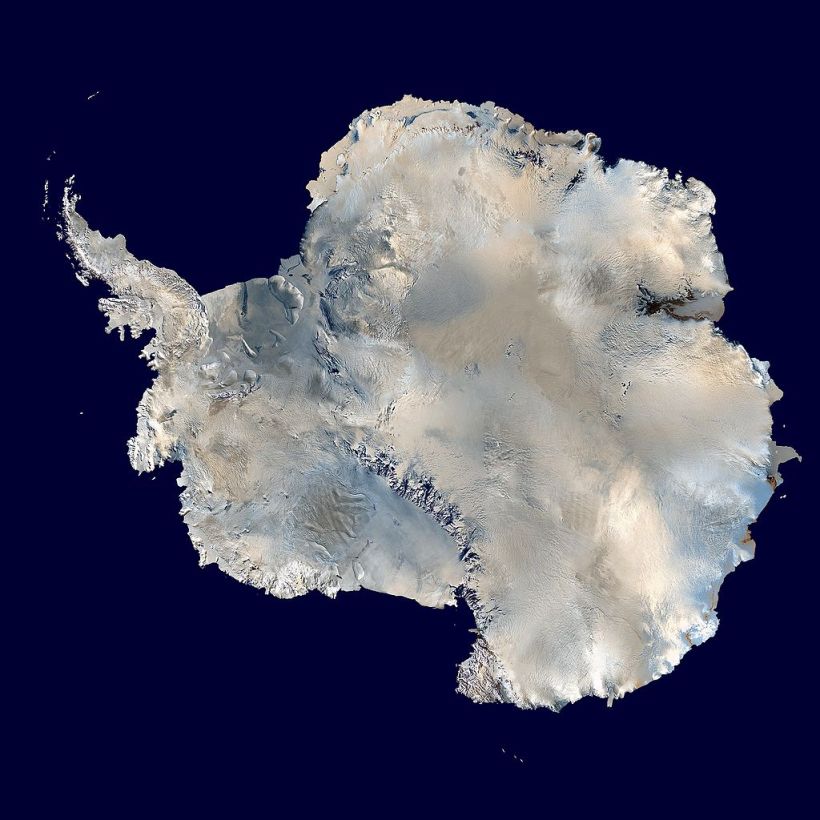EUROPA
El español es lengua oficial de España. También se habla en Gibraltar129 y enAndorra (donde es la lengua materna mayoritaria debido a la inmigración, pero no es la lengua propia y oficial como sí lo es el catalán130 ). Asimismo se utiliza en pequeñas comunidades en otros países europeos, principalmente en Reino Unido, Francia, Alemania y Suiza131 (donde es lengua materna del 1,7 % de la población, representando la lengua minoritaria más hablada en este país por detrás de tres de las cuatro lenguas oficiales). El español es una de las lenguas oficiales de la Unión Europea.132 Más de 22 millones de europeos mayores de 15 años hablan español fuera de España en la UE (contando con los que lo han aprendido como lengua extranjera, capaces de mantener una conversación). En total habría unos 70 millones de hablantes de español en Europa133
ASIA
En Filipinas, antigua colonia española, el español fue oficial desde 1571 a 1987, si bien desde 1973 había perdido mucho peso representativo a nivel oficial. La proclamación presidencial/155 de 15 de marzo de 1973 todavía en vigor, declara el español como lengua oficial de Filipinas para todos aquellos documentos de la época colonial no traducidos a la lengua nacional.
Tras la guerra hispano estadounidense, Filipinas pasó a ser colonia de los EE. UU. a partir de 1899. Desde entonces, debido a la intervención estadounidense, las autoridades siguieron una política de deshispanización del país e imposición del inglés. Después de la Guerra filipino-estadounidense, se diezmó a la burguesía urbana hispanohablante, y tras la Segunda Guerra Mundial en 1945, prácticamente se aniquiló a los restos de la burguesía española tras el bombardeo de Intramuros en Manila. Se ha calculado que en 1907, aproximadamente un 70 % de la población filipina tenía la capacidad de hablar español, aunque solo un 10 % como lengua materna. En 1950 pasó a ser de un 6 %.134 En la actualidad es menos del 0,5 %.135También sobreviven lenguas criollas de base española, como el chabacano de Zamboanga. En 2009, la académica y presidenta filipina Gloria Macapagal-Arroyo ha sido galardonada con el Premio Internacional Don Quijote2009,136 137 que reconoce la iniciativa educativa de la República de Filipinas de introducir el español estándar en los planes de estudio nacionales, siendo el español en el curso 2012-2013, la lengua extranjera más estudiada tras el inglés, impartida en 65 centros públicos.138
En Israel existe una importante comunidad sefardí de unos 100.000 hablantes de judeoespañol,139 además de algunos hablantes nativos de español procedentes sobre todo de Argentina.
ÁFRICA
El principal enclave hispanoparlante en África son las Islas Canarias (con más de dos millones de hablantes). También se habla en las Ciudades Autónomas deCeuta y Melilla (167.859 hablantes). Fuera de estas regiones españolas, el idioma es hablado en algunos otros lugares del continente africano.
El español es una de las lenguas oficiales de Guinea Ecuatorial. La gran mayoría de los ecuatoguineanos habla español, aunque siempre como segunda lengua, siendo diversas lenguas bantúes las lenguas maternas más extendidas.
En el Sahara Occidental, el ministro saharaui para América Latina, Hash Ahmed declaró en nombre de la República Árabe Saharaui Democrática que su país es “simultáneamente una nación africana y árabe que tiene el privilegio de ser la única hispanohablante debido a la herencia cultural de la colonización española. El idioma español es el idioma de enseñanza obligatorio por ser junto al árabe, idioma oficial”. Allí se le considera la segunda lengua administrativa y de comunicación de la RASD.140 En Tinduf, Argelia, hay unos 200.000 refugiados saharauis, que pueden leer y escribir el idioma español y miles de ellos recibieron educación universitaria ofrecida porCuba, México, Venezuela yEspaña.
En Marruecos el idioma español es muy popular como segunda lengua. Es hablado principalmente en las zonas de antiguo protectorado español de Marruecos: Rif, Ifni y Tarfaya.141 142
Además, es hablado por las comunidades ecuatoguineanas huidas durante las dictaduras de Francisco Macías Nguema y Teodoro Obiang y que ahora se encuentran en países como Gabón, Camerún, Nigeria y Benín. También enSudán del Sur, hay una importante minoría, la élite intelectual y profesional, formada en Cuba, que habla español. Otros lugares donde el español tiene presencia es Luena y Walvis Bay, por la presencia del ejército cubano.
OCEANÍA
Entre los países y territorios de Oceanía, el español es lengua oficial en la isla de Pascua, en Polinesia, por ser parte de Chile; el idioma nativo es el rapanui. EnGuam la lengua oficial y nativa de la isla es el chamorro, un idioma austronesio que contiene mucho léxico de origen español.143 Algunas islas de Marianas del Norte (Saipan, Tinian, Rota) y de los Estados Federados de Micronesia (Yap, Pohnpei) tuvieron hispanohablantes nativos, ya que fueron colonias españolas hasta 1898-1899. No obstante, tanto en Guam como en las Marianas del Norte, la mayor parte de sus habitantes conservan nombres y apellidos españoles.
Además, en Australia y Nueva Zelanda, hay una importante comunidad de nativos de español, resultante de la emigración de países hispanohablantes (principalmente del Cono Sur), que suman 133.000 hablantes.144 En Hawái, el 2,1 % de la población son hablantes nativos de español.145 En el 2010 había 120.842 hispanos, según el censo de EE.UU..
ANTÁRTICA

La Base Antártica Orcadas, una estación científica argentina, es la base más antigua en toda la Antártida aún en funcionamiento y la más antigua con una población permanente (desde 1907).146
En la Antártida, solo existen dos localidades civiles y ambas están habitadas principalmente por hablantes nativos de español. Una de ellas es la argentinaFortín Sargento Cabral, la cual cuenta con 66 habitantes.147 La otra es la localidad chilena de Villa Las Estrellas, que tiene una población de 130 habitantes. En cada una de ellas existe un centro escolar donde se estudia y se investiga en español. La Base Antártica Orcadas, una estación científicaargentina, es la base más antigua en toda la Antártida aún en funcionamiento y la más antigua con una población permanente (desde 1907).148
También cabe destacar el papel que tienen las diferentes bases científicas de la Antártida pertenecientes a países hispanos:
| País | Bases permanentes |
Bases de verano |
total |
|---|---|---|---|
| Argentina | 6 | 7 | 13 |
| Chile | 4 | 8 | 12 |
| Uruguay | 1(con Venezuela) | 1 | 2 |
| España | 2 | 2 | |
| Perú | 1 | 1 | |
| Venezuela | 1 (con Uruguay) | 1 |
_________________________::::::::::::::::::::::::::============================____::::::::::::::::::::::::
EUROPE
Spanish is the official language of Spain . It is also spoken in Gibraltar 129 andAndorra (where it is the mother tongue majority due to immigration, but it is not the official language as their own and yes it is the Catalan 130 ). It is also used in small communities in other European countries, mainly in UK , France ,Germany and Switzerland 131 (where it is mother tongue of 1.7% of the population, representing the minority language spoken in the country behind three of the four official languages ). Spanish is one of the official languages of the European Union . 132 More than 22 million Europeans aged 15 years speak Spanish outside Spain in the EU (counting those who have learned it as a foreign language, able to hold a conversation) . In total there would be 70 million Spanish speakers in Europe 133
ASIA
In the Philippines , a former Spanish colony, the Spanish official was from 1571to 1987 , but since 1973 had lost much weight representative at official level. The Presidential / 155 proclaiming March 15, 1973 still in force, says the Spanish as the official language of the Philippines for those documents from the colonial period not translated into the national language. After the Spanish American War, the Philippines became a colony of the USA. UU.from 1899 . Since then, due to American intervention, the authorities followed a policy of deshispanización country and imposition of English. After the Philippine-American War , he decimated the Spanish-speaking urban bourgeoisie, and after the Second World War in 1945 , practically annihilated the remnants of the Spanish bourgeoisie after the bombing of Intramuros in Manila. It is estimated that in 1907 , approximately 70% of the Philippine population had the ability to speak Spanish, although only 10% as first language. In 1950 became 6%. 134currently is less than 0.5%. 135 is also survived by Spanish-based creole languages, such as apricot Zamboanga . In 2009, academic and Philippine President Gloria Macapagal-Arroyo has been awarded the International Prize Don Quijote 2009 136 137 which recognizes the educational initiative of theRepublic of the Philippines to introduce the standard Spanish in the national curriculum, with the Spanish during 2012-2013, the most studied foreign language after English, taught in 65 public schools. 138
In Israel there is a significant Sephardic community of about 100,000 speakers of Judeo-Spanish , 139 plus some native Spanish speakers mainly from Argentina.
AFRICA
The main Spanish-speaking enclave in Africa are the Canary Islands (with more than two million speakers). It is also spoken in the autonomous cities of Ceutaand Melilla (167,859 speakers). Outside these Spanish regions, language is spoken in some other parts of the African continent.
Spanish is one of the official languages of Equatorial Guinea . The great majority of Equatorial Guineans speak Spanish, but always as a second language, with various Bantu languages the most widespread native languages.
In Western Sahara , the Saharawi Minister for Latin America, Hash Ahmed said on behalf of the Sahrawi Arab Democratic Republic that his country is “simultaneously an African Arab nation and having the privilege of being the only Spanish speaker because of the cultural heritage Spanish colonization. The Spanish language is the language of instruction be required by the Arabic, the official language. ” There is considered the second administrative and communication language of the SADR. 140 In Tindouf , Algeria , there are some 200,000 refugees Sahrawis , who can read and write Spanish and thousands of them received university education offered by Cuba , Mexico, Venezuela andSpain .
In Morocco the Spanish language is very popular as a second language. It is spoken mainly in areas of former Spanish protectorate of Morocco : Rif , Ifni andTarfaya . 141 142
Furthermore, it is spoken by communities Equatorial Guinea escapes during the dictatorships of Francisco Macías Nguema and Teodoro Obiang and now found in countries such as Gabon , Cameroon , Nigeria and Benin .Also in South Sudan , there is a significant minority, intellectual and professional elite, trained in Cuba , who speaks Spanish. Other places where Spanish is present isLuena and Walvis Bay , by the presence of the Cuban army.
OCEANIA
Among the countries and territories in Oceania , Spanish is the official language of Easter Island in Polynesia, for being part of Chile ; the native language is theRapanui . In Guam the official and native language of the island is theChamorros an Austronesian language lexicon contains much Spanish origin. 143Some islands of the Northern Marianas (Saipan, Tinian, Rota) and the Federated States of Micronesia (Yap, Pohnpei ) were native Spanish speakers, since they were Spanish colonies until 1898-1899. However, both Guam and the Northern Marianas , most of its inhabitants preserved Spanish names and surnames.
Furthermore, in Australia and New Zealand , there is a large community of native Spanish, resulting from the migration of Spanish-speaking countries (mainly the Southern Cone ), totaling 133,000 speakers. 144 In Hawaii , 2.1% of the population are speakers Native Spanish. 145 in 2010 had 120,842 Hispanics, according to the census of USA ..
Antarctica

The Orkney Antarctic Base , a research station Argentina, is the oldest oldest basis across Antarctica still in operation and a permanent population (1907). 146
In Antarctica , there are only two civilian locations and both are mainly inhabited by native speakers of Spanish. One is the Argentina Fortin Sargento Cabral , which has 66 inhabitants. 147 The other is the local Chilean of Villa Las Estrellas , which has a population of 130 inhabitants. In each there is a schoolwhere you study and research in Spanish. The Orkney Antarctic Base , a research station Argentina , is the oldest basis throughout the Antarctic the oldest still in operation and a permanent population (1907). 148
Also noteworthy is the role that different scientific bases in Antarctica belonging to Hispanic countries:
| Country | Bases permanent |
Bases summer |
Total |
|---|---|---|---|
| Argentina | 6 | 7 | 13 |
| Chile | 4 | 8 | 12 |
| Uruguay | 1 (with Venezuela) | 1 | 2 |
| Spain | 2 | 2 | |
| Peru | 1 | 1 | |
| Venezuela | 1 (with Uruguay) | 1 |
Fuente:
